
Join 10k+ people to get notified about new posts, news and tips.
Do not worry we don't spam!
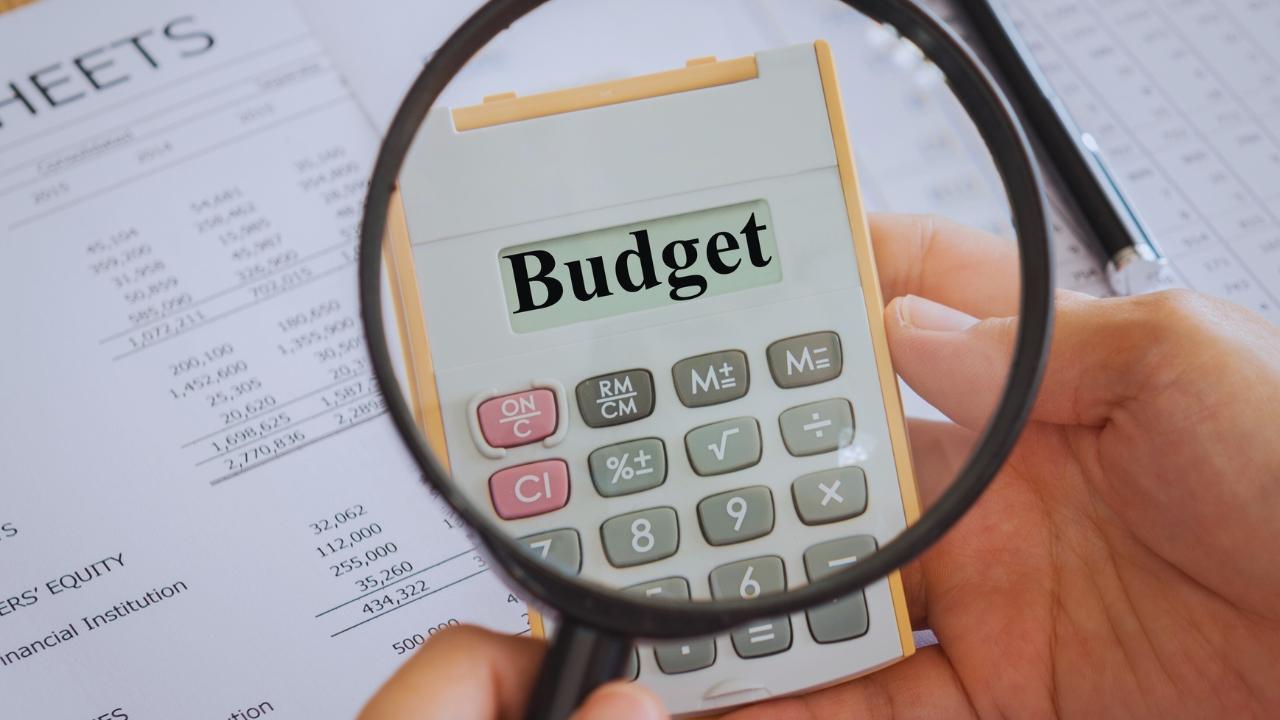
Post by : Anish
Sri Lanka stands at a critical juncture. With the economy emerging from its worst financial crisis in modern history, the 2025 national budget takes center stage as the masterplan for restoring stability, growth, and public trust. Presented by President Anura Kumara Dissanayake, the budget aligns with the IMF-backed recovery program—seeking to balance fiscal responsibility with social welfare, economic revitalization, and long-term sustainability.
Sri Lanka’s economic collapse in 2022 stemmed from dwindling foreign exchange reserves, runaway inflation, and a historic default on external debt, triggering nationwide shortages and widespread unrest. The economy shrank dramatically—by over 7% in 2022 and about 2% in 2023—forcing the country to request a $2.9 billion bailout from the IMF, under an Extended Fund Facility (EFF) arrangement.
The past year has seen remarkable progress. Real GDP rebounded by around 5% in 2024—surpassing projections—while inflation moderated and foreign reserves were rebuilt. Debt restructuring also advanced significantly: a $25 billion agreement trimmed bond obligations, introduced innovative macro-linked and governance-linked bonds, and extended repayment terms.
IMF assessments remain cautiously optimistic. Sri Lanka has met most quantitative and structural benchmarks, paving the way for release of further bailout tranches. The IMF highlights the importance of continued reform implementation, fiscal discipline, and macroeconomic stability amid global uncertainties.
President Dissanayake’s 2025 budget has two central pillars: meeting IMF targets and promoting inclusive recovery.
Fiscal Goals & IMF Alignment
The budget sets a primary surplus target of 2.3% of GDP for 2025, in line with IMF conditions. Projections include tax revenue rising to 15.1% of GDP, while total expenditures are pegged at 21.8%, resulting in a budget deficit of 6.7% of GDP—more generous than the IMF’s preferred 5.2% but aiming for growth traction.
Moody’s View
Moody’s Ratings flagged concerns that the wider fiscal deficit could slow down consolidation despite the positive growth trajectory. Analysts emphasize the challenge posed by a narrow revenue base and the need to balance social support with macroeconomic prudence.
Under the Public Financial Management Act (PFMA) of 2024, Sri Lanka has adopted a legally binding fiscal framework to manage spending, enhance transparency, and secure fiscal buffers. The 2025–2029 medium-term framework targets:
A primary surplus of 2.3% annually.
Revenue of 15% of GDP or more, supported by tax reforms and better collection.
Public investment levels sustained at over 4% of GDP.
Capping debt service to allow strategic lending and reduce debt stress.
A trajectory to reduce the budget deficit below 5% by 2026.
These measures aim to lay a stable foundation for growth while freeing resources for essential social services.
The IMF Executive Board recently approved the third review of Sri Lanka’s EFF, releasing approximately $334 million—bringing total disbursements to around $1.3 billion. With a fourth tranche expected soon, further funding will hinge on implementation of reforms around energy pricing, debt restructuring, and revenue mobilization.
Growth is projected at around 5% for 2025, though the IMF warns of a dip under future trade shocks. One looming threat is a planned 30% U.S. tariff on $3 billion of Sri Lankan apparel exports, potentially impacting employment and export revenues.Reuters The IMF’s guidance emphasizes prudence, resilient exports, and central bank autonomy to manage such shocks.
Beyond macro-fiscal goals, the budget places focused attention on recovery stimulus:
Reform of State-Owned Enterprises (SOEs) to curb inefficiencies and fiscal drain.
Public investment, especially in infrastructure and human capital.
Welfare and social safety nets, including increased health and education budgets, and Aswesuma assistance aligned with IMF limits.
Balancing socialist-leaning policies with fiscal discipline—a tricky but hopeful tightrope walk.
President Dissanayake is seeking a parliamentary majority to solidify reforms. His party’s success would help deliver on economic pledges, softening previous skepticism toward the IMF, and deepening policy coherence.
Sri Lanka’s 2025 budget is more than numbers on paper; it’s a roadmap—fraught with risks, yet filled with promise. The balancing act between fiscal sustainability and social relief reflects how far the country has come since the brink of collapse. If reforms continue, IMF support holds, and the political will remains, Sri Lanka may not just recover—but transform.
This article is based on information available up to August 2025. Budget figures, IMF terms, and economic projections are subject to change with new government decisions or external developments. Readers should verify details with official policy announcements and stakeholder publications before making decisions.
financial budget, economy
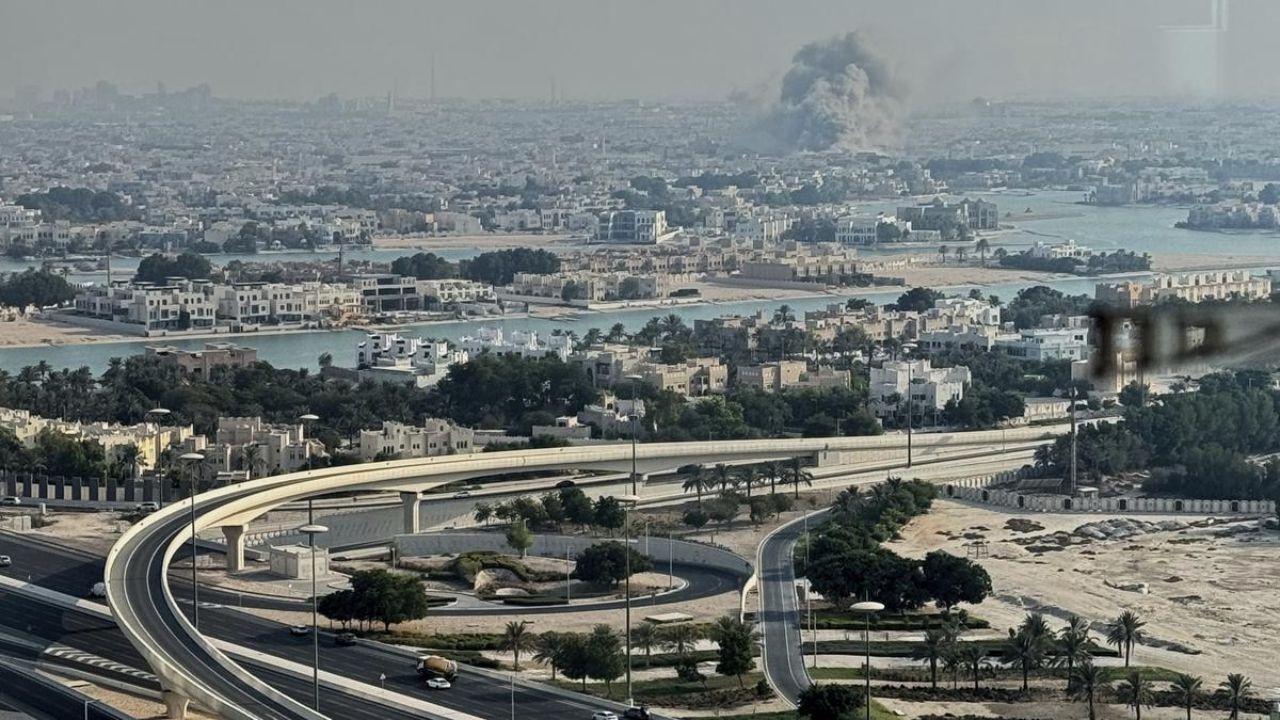

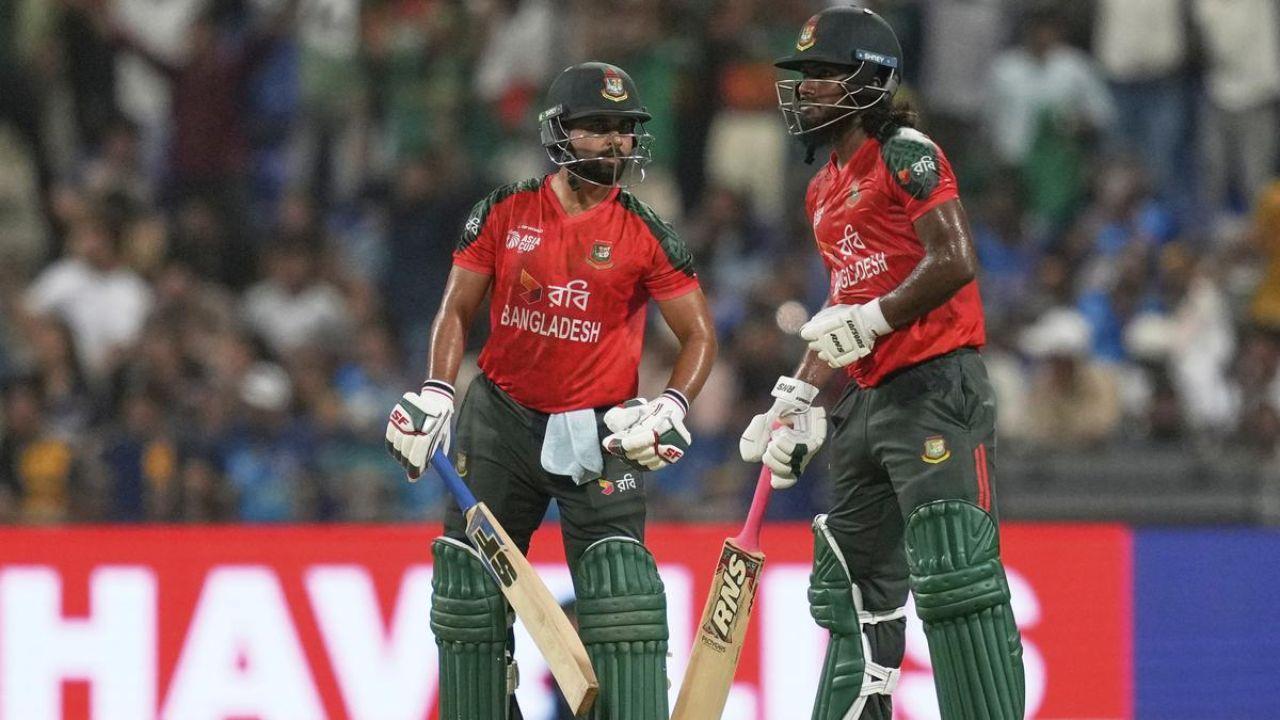
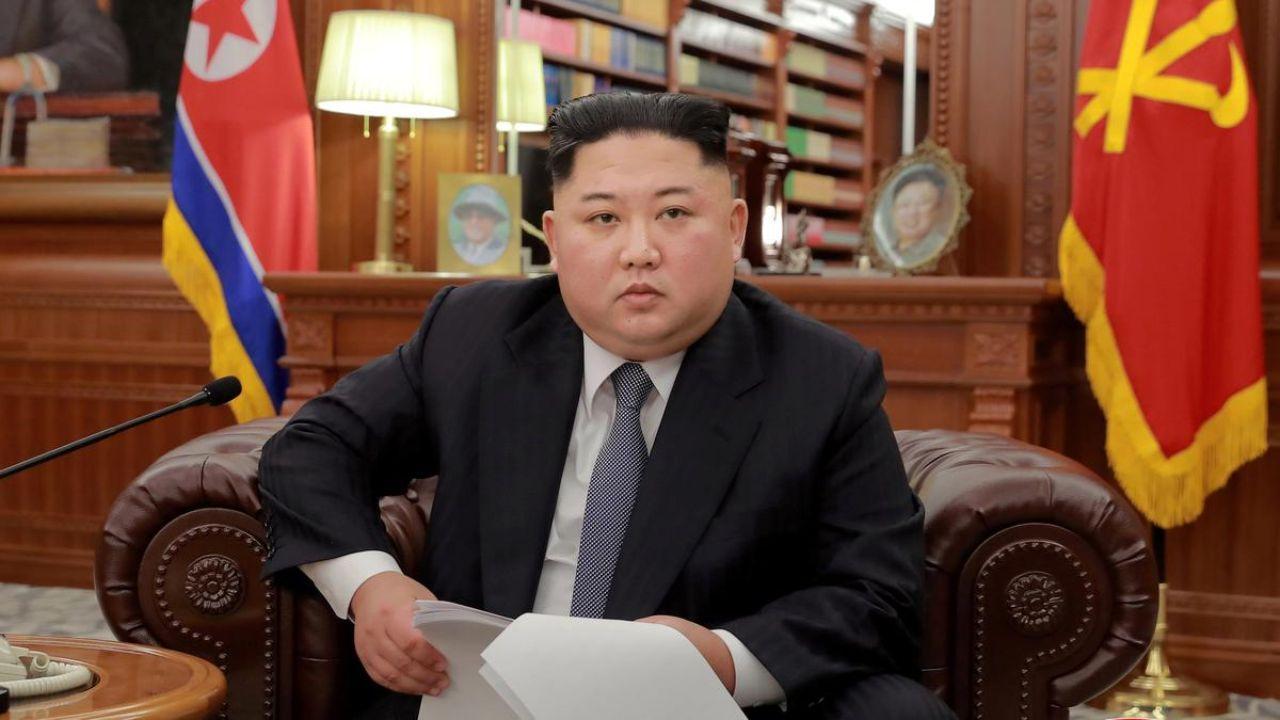
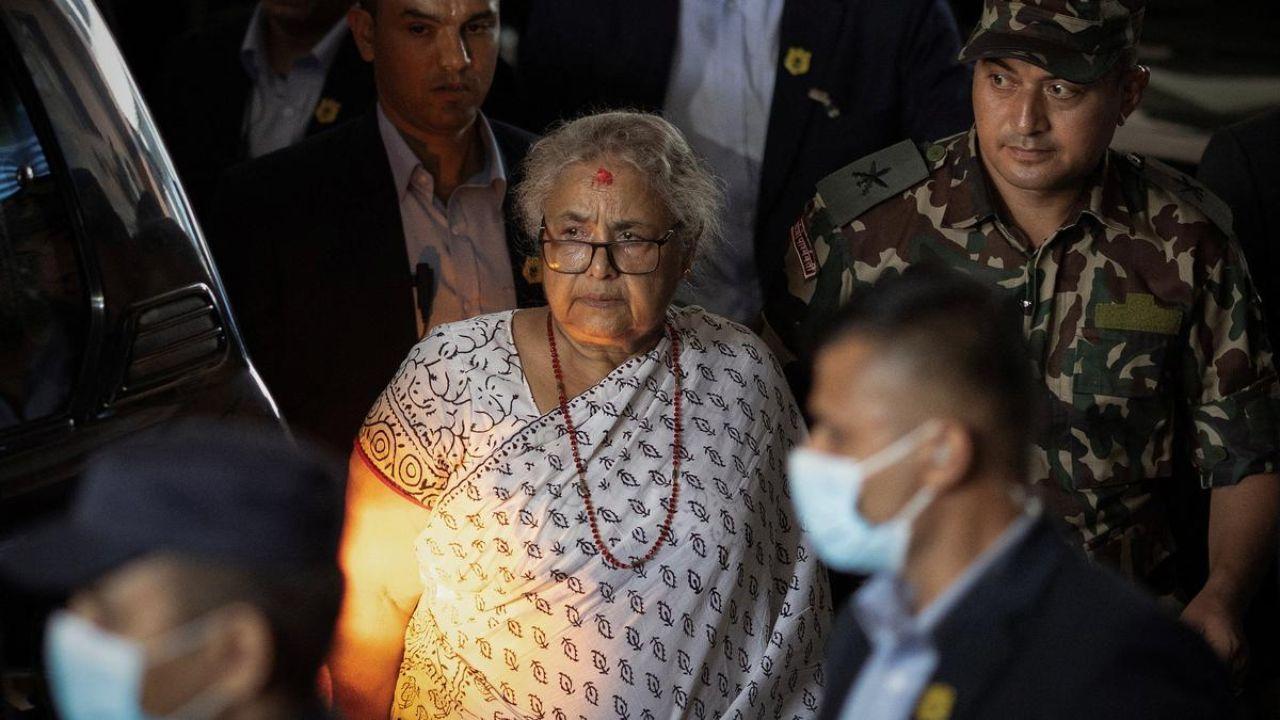
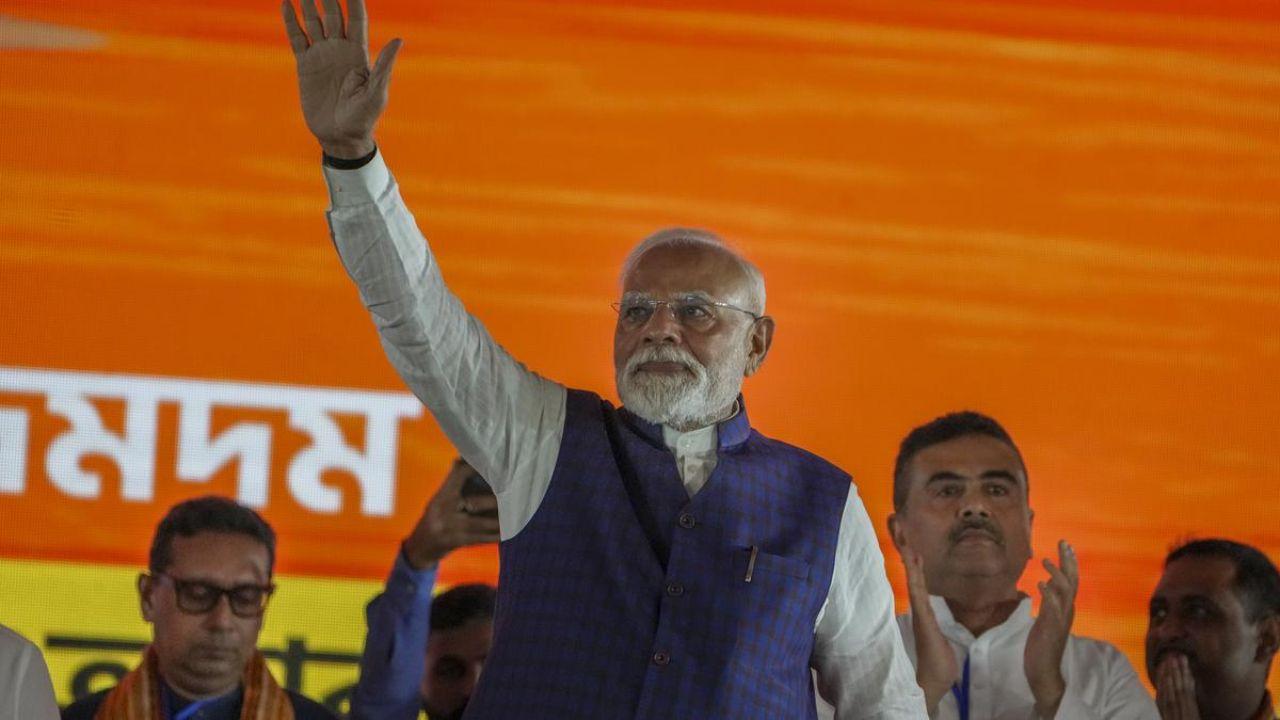
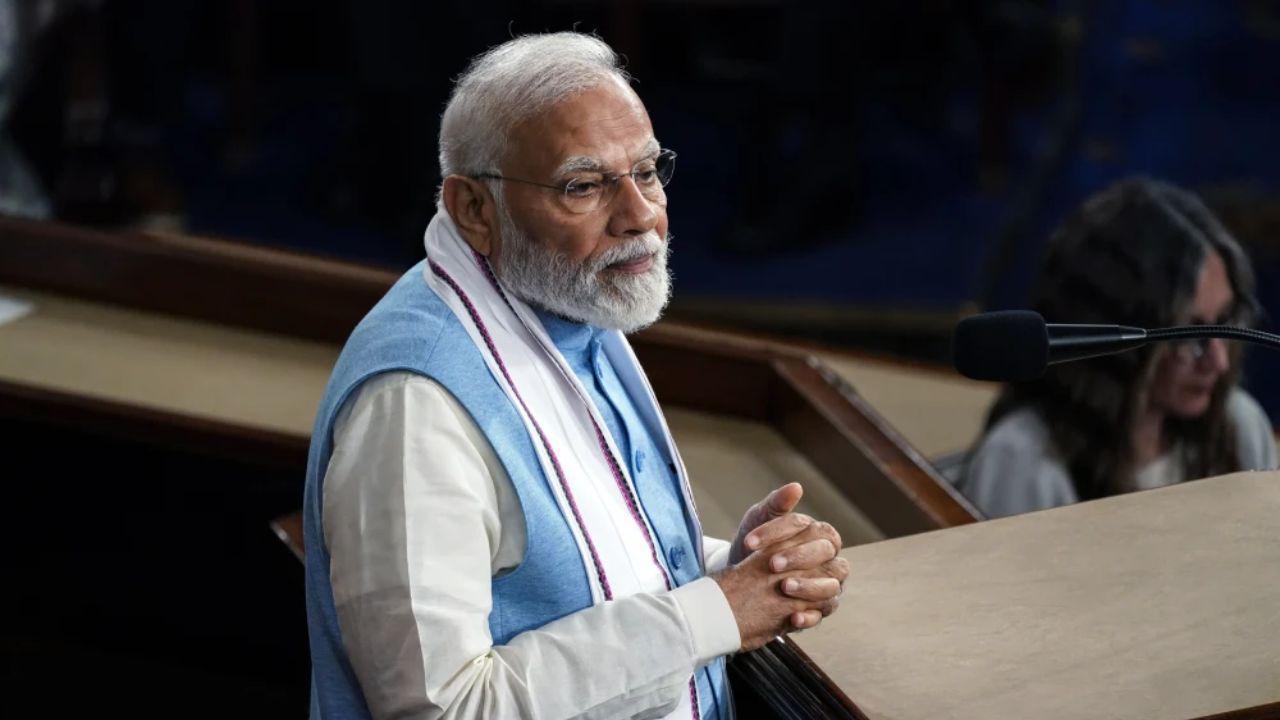
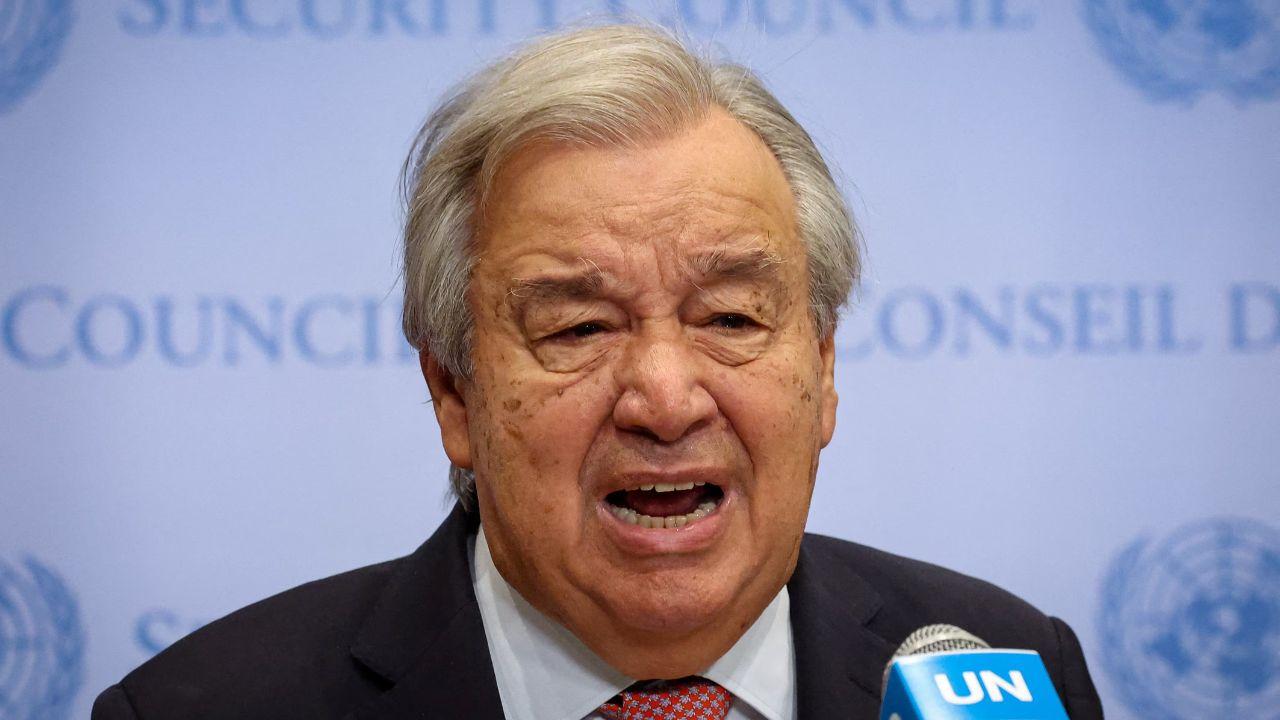


Jaismine Lamboria Wins World Boxing Gold for India
India’s Jaismine Lamboria claimed World Boxing gold, while Nupur Sheoran earned silver and Pooja Ran

Sri Lanka beat Bangladesh by 6 wickets in Asia Cup 2025 opener
Sri Lanka started their Asia Cup 2025 campaign with a six-wicket win over Bangladesh, powered by Nis

PM Modi Lays ₹6,300 Crore Projects in Assam Criticizes Congress
PM Modi accuses Congress of backing infiltrators, lays ₹6,300 crore health and infrastructure projec
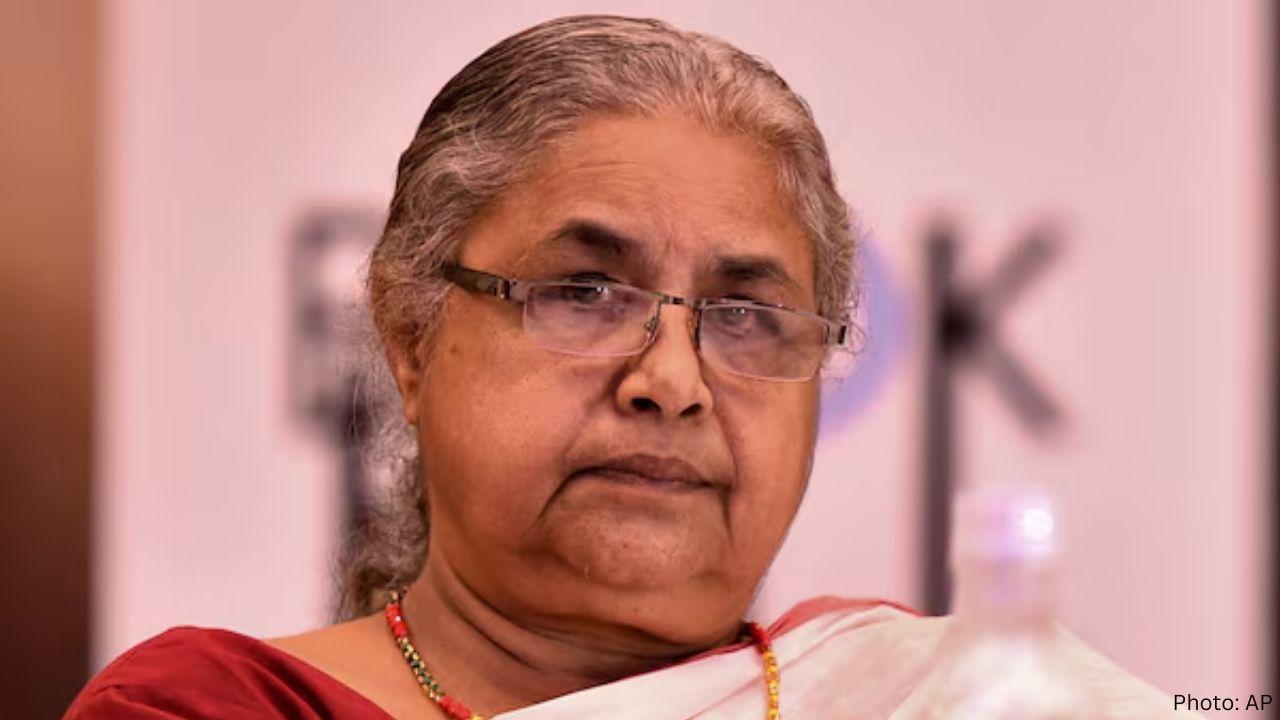
Sushila Karki Becomes Nepal’s First Woman Prime Minister
Eminent jurist Sushila Karki, 73, becomes Nepal’s first woman prime minister after Gen Z protests to

Netanyahu gambled by targeting Hamas leaders in Qatar. It appears to have backfired
Netanyahu’s airstrike on Hamas leaders in Qatar failed, hurting global ties, angering allies, and ra

Esha Singh Wins Gold in 10m Air Pistol at ISSF World Cup 2025 India Shines
Esha Singh secures India’s first gold at ISSF World Cup 2025 in Ningbo, beating top shooters in a th